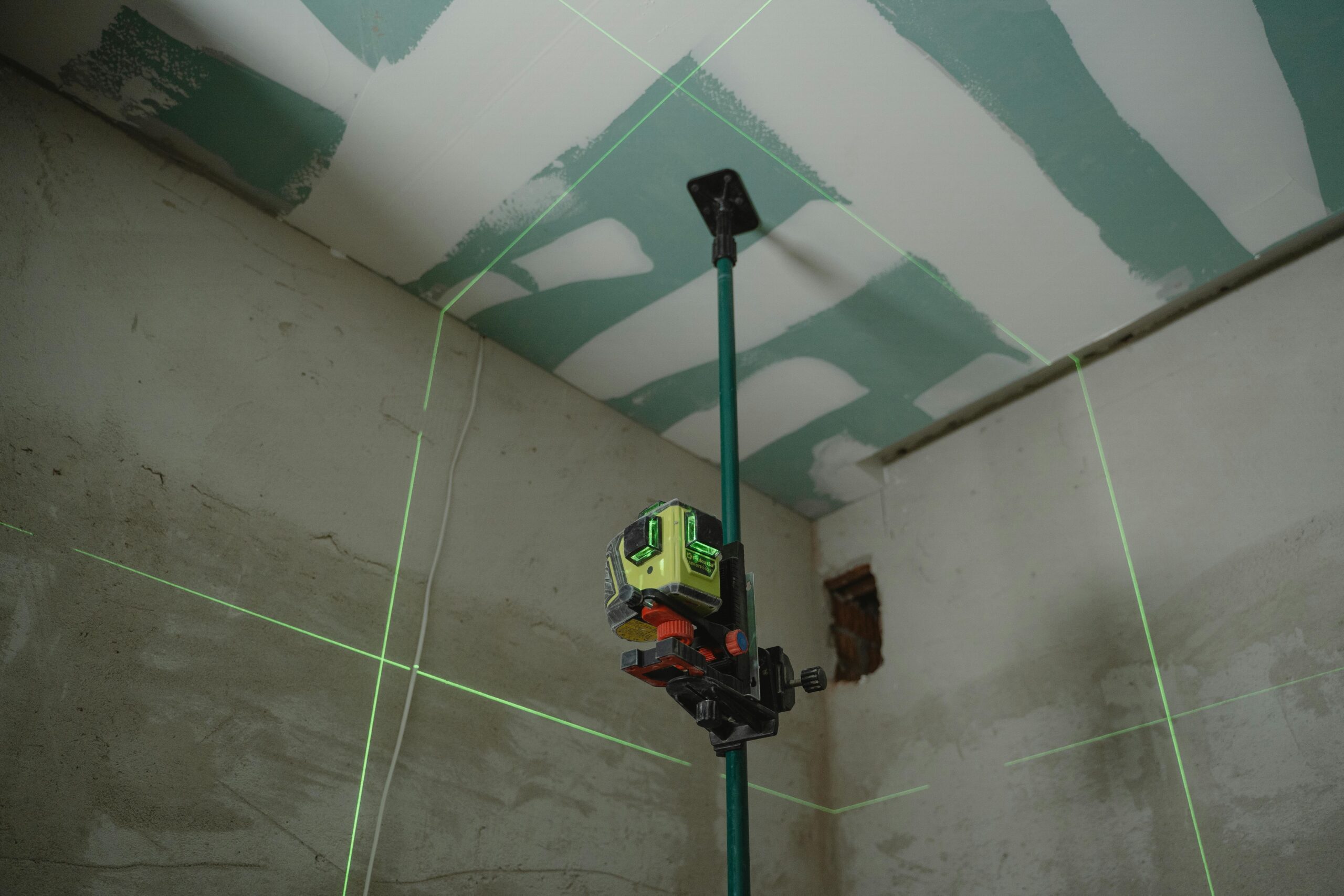Ever installed a monitoring kill switch only to realize you’ve accidentally muted your entire system from useful alerts? Oops. That’s like unplugging your smoke detector during a house fire. Yeah, not great.
Today’s tech world moves fast. Whether you’re an IT admin or just someone passionate about keeping their tech stack under control, knowing how—and when—to use a monitoring kill switch is key. In this article, we’ll explore everything about Build Material Reviews and why they matter for tech enthusiasts diving into the “Miscellaneous Tech” realm. By the end, you’ll know how to leverage kill switches effectively without causing chaos.
Table of Contents
- Key Takeaways
- The Importance of Monitoring Kill Switches
- How to Implement a Monitoring Kill Switch
- Pro Tips & Best Practices
- Real-World Examples
- Frequently Asked Questions
- Conclusion
Key Takeaways
- A monitoring kill switch helps prevent unnecessary notifications but must be used wisely.
- Build material reviews often include tools with kill switch features—use them proactively!
- Poorly implemented kill switches can disrupt workflows; test before relying on them fully.
- Pair kill switches with proper documentation so no one gets blindsided.
The Importance of Monitoring Kill Switches

Let’s face it: tech systems are noisy. Alerts pile up faster than dirty dishes in a sink. Without a way to silence non-critical noise, teams drown in false positives and irrelevant warnings. Enter the monitoring kill switch. This handy tool lets you flip off certain alerts temporarily while focusing on critical tasks.
I once worked at a startup where our server monitoring triggered alerts every hour due to minor CPU spikes—even though nothing was wrong! It felt like my phone had developed a caffeine addiction. Instead of ignoring all alerts (which would’ve been disastrous), we implemented a kill switch. Game changer? Absolutely.
“Optimist You: Just turn off the noise entirely!”
Grumpy You: “Unless you want your servers crashing silently next door…”
How to Implement a Monitoring Kill Switch
Here’s a step-by-step guide:
Step 1: Identify Noise Sources
Not all alerts deserve equal attention. Start by analyzing which notifications cause disruption versus those signaling real issues.
Step 2: Configure Your Kill Switch Tool
Most modern tech stacks come equipped with built-in options for managing alerts. Some tools even integrate smoothly with platforms like Slack or email notifications. For example:
- Zabbix allows customizable triggers through its web interface.
- Nagios offers flexible configuration files to adjust alert thresholds.
Step 3: Test Before Deployment
Testing ensures your kill switch doesn’t accidentally mute critical alarms. Trust me—you don’t want to find out during an actual emergency (speaking from experience).
Step 4: Document Everything
Keep records detailing when and why you toggled each switch. Future-you—and future team members—will thank present-you profusely.
Pro Tips & Best Practices
- TIP #1: Always pair your kill switch implementation with robust logging. Logs act as breadcrumbs if something goes awry.
- TIP #2: Avoid overusing kill switches. If alerts feel overwhelming, revisit your alert thresholds instead of silencing signals outright.
- Terrible Tip Alert: Never disable ALL alerts without double-checking first. Unless you enjoy walking into tech emergencies blindfolded, avoid this trap.
Real-World Examples
Sounds like: The hum of cooling fans responding perfectly after a silenced alert storm clears up.
Consider Company X, a mid-sized SaaS provider. Their operations team faced constant interruptions from trivial memory usage alerts. By strategically setting kill switches during low-demand periods, they reduced distractions significantly—all while maintaining visibility into genuine problems.

Frequently Asked Questions
Q: Can I automate my monitoring kill switch?
Absolutely! Many tools let you schedule automatic toggling based on conditions like time windows or specific performance metrics.
Q: What happens if I forget I turned a kill switch on?
This isn’t uncommon—but it’s frustrating. To avoid this blunder, set calendar reminders or automate re-enabling after preset durations.
Conclusion
In summary, understanding how to implement and manage monitoring kill switches within “Build Material Reviews” can save countless hours and headaches. From identifying noise sources to testing setups, following best practices ensures smooth sailing even amidst chaos. So go ahead—give that noisy alert system some breathing room. But remember, moderation is key (and coffee too).
And hey—next time you think about switching things off completely, ask yourself: What Would Tamagotchi Do? 🐾✨


